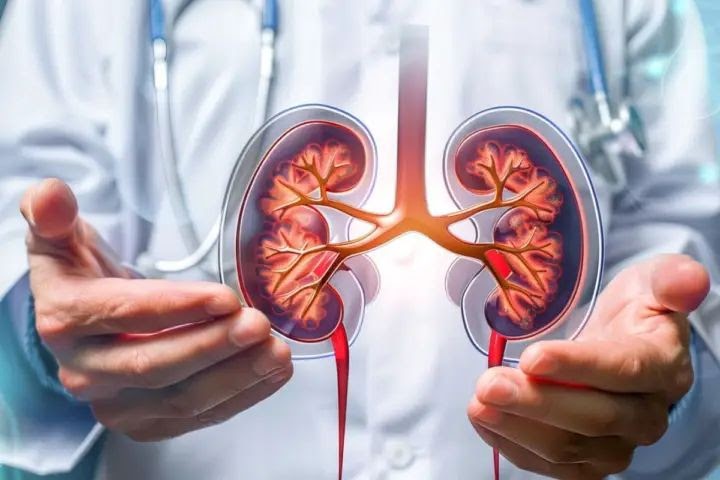A big step has been taken in the treatment of damaged kidneys. Scientists claim that they have achieved great success in recovering the damaged kidneys. This is being considered a major achievement in the treatment of acute kidney injury.
In a study published in the journal Cell Metabolism, scientists at the University of Utah Health have said that they have blocked some harmful ceramide molecules in mice. With this he has been successful in completely reversing the acute kidney injury.
In the study, scientists found that when they genetically changed ceramide production, AKI did not appear in these genetically modified mice. Generally, kidney problems are seen in such situations.
What is AKI?
Acute kidney injury (AKI) is a condition in which your kidneys suddenly stop working properly. This can range from mild kidney failure to complete failure. It may seem from the name that it occurs due to some injury to the kidney, but in reality it is not caused by physical injury.
Dr. Sanjeev Saxena, Senior Consultant and Head of Nephrology Department, PSRI Hospital, Delhi, said that AKI is cured in most people, but only a few people require transplant or dialysis. Once the problem of AKI occurs, there is a risk of developing chronic kidney disease in the future.
Scientists observed that the kidneys of rats who were given the medicine beforehand continued to function well. Upon closer examination, it was found that ceramides damage the mitochondria in kidney cells. Due to this, mitochondria are not able to function properly and the possibility of injury increases. But when ceramide levels were reduced, the mitochondria remained fine and healthy. There is greater concern about AKI because it increases the risk of chronic kidney disease in the future, for which there are very few treatment options.
Although this research shows the possibility of completely healing kidney injury in the future, experts say that it is not necessary that the results of tests conducted on rats always apply to humans. This medicine, being manufactured by American company Centaurus Therapeutics, is still in the pre-clinical stage. It is yet to be tested on humans.
Scientists are not yet saying about the effect of this medicine on humans. Dr. Summers says that even if reducing ceramide proves effective in humans, the metabolism and side effects of the drug over a long period of time need to be carefully examined. Also, it remains to be seen how effective this medicine will be if the kidneys have already been damaged. During the study, this medicine was given to rats before injury.
The medicine is at clinical trial stage
Clinical trial of any medicine is considered very important. Through this, threats to humans are detected in advance. At the same time, it is seen what kind of changes occur due to using them for a long time.
According to Dr. Sanjeev Saxena, “It is very important to have a clinical trial in any case. It shows what effect a medicine will have in the future. There is nothing unnecessary in the human body. In this case, if ceramide is blocked, then it has to be seen what effect it will have on the body in the future.
Ceramides are a type of lipids that make up about 40 to 50 percent of the outer layer of the skin. These work like a type of glue. They join the skin cells together and form a protective shield. This prevents moisture from escaping and provides protection from external dangers.
When will this medicine be available?
It takes ten to fifteen years for general medicines and five to eight years for medicines for special serious diseases. Out of this, the three main stages of clinical trials take about six to eight years. After completion of these trials, the pharmaceutical company applies to a regulatory body like CDSCO in India or FDA in America, the review of which takes six to twelve months.
However, special facilities such as fast-track, breakthrough therapy or priority review are provided for drugs for serious or life-threatening diseases such as cancer, HIV or rare diseases. Due to these, this time reduces to five to eight years.
